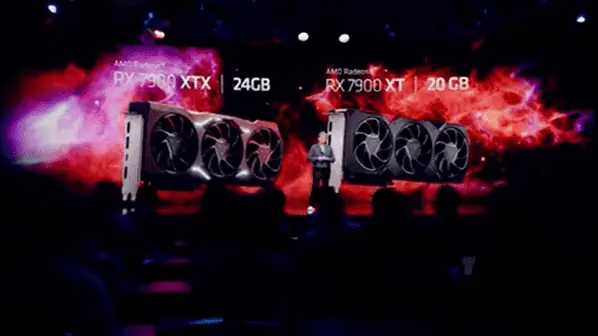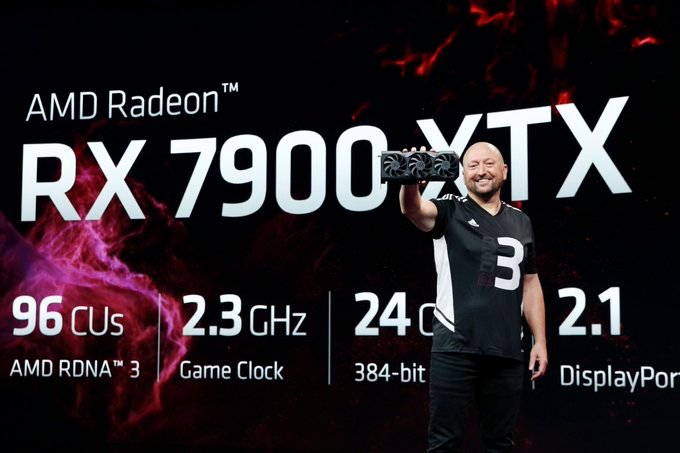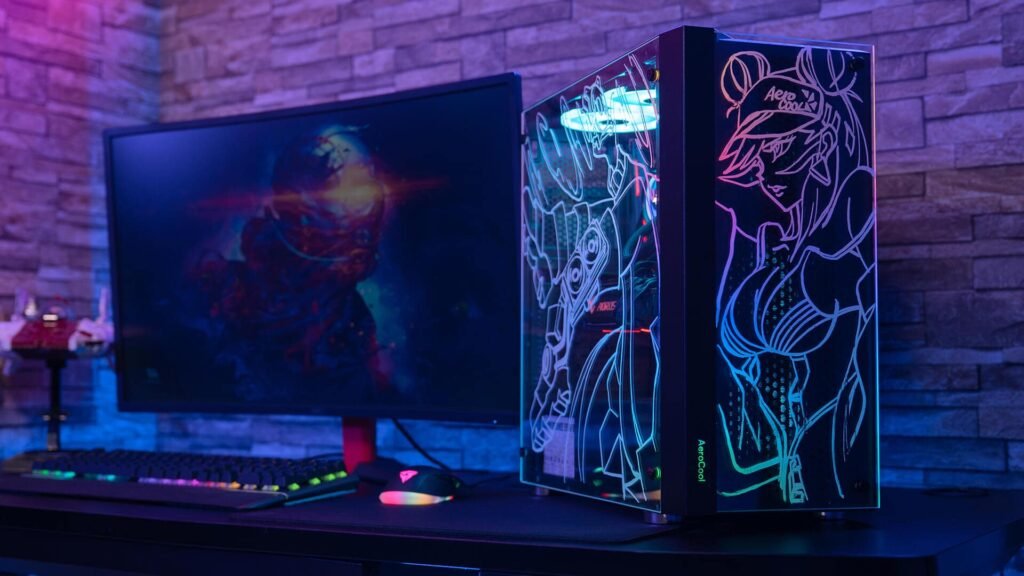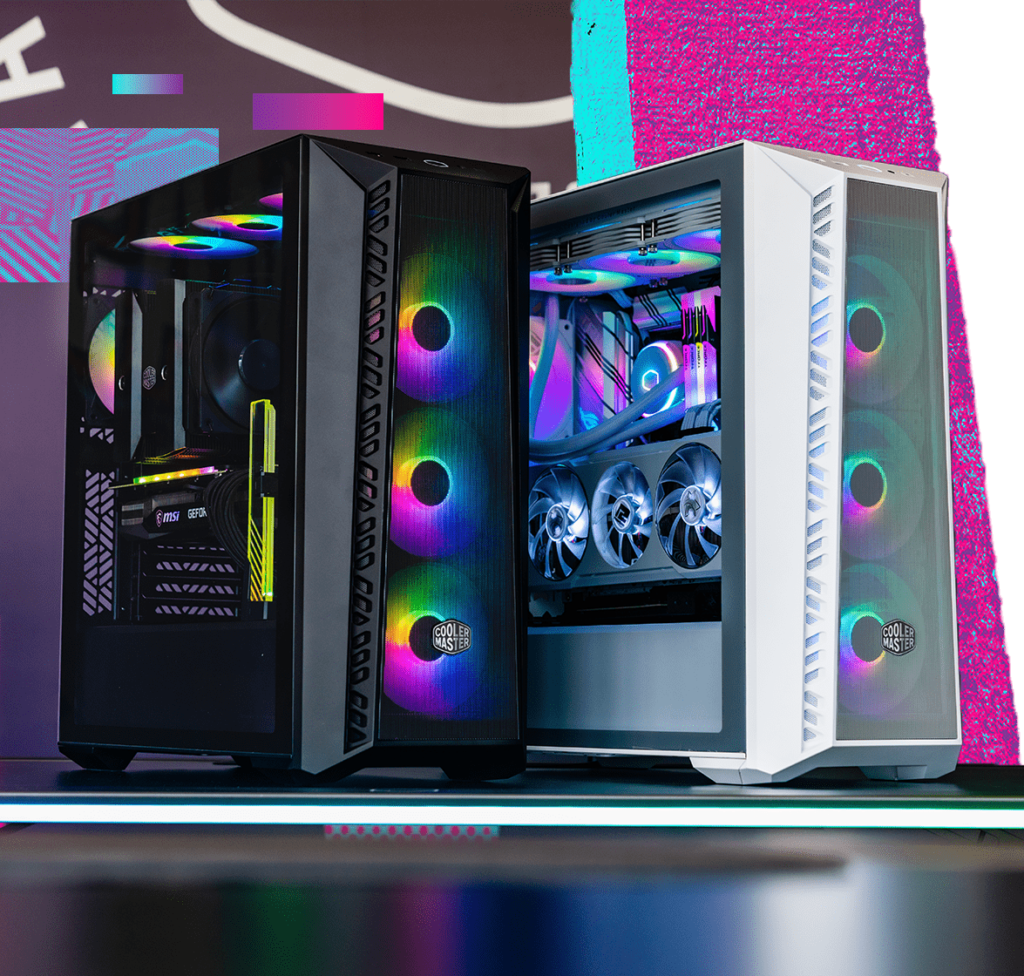
AMD announced the next generation of its desktop graphics cards. The company today revealed two new flagship products, the Radeon RX 7900 XTX and the RX 7900 XT. The new RX7000 series is built on the new and improved AMD RDNA 3 architecture to deliver up to 54% more performance per watt compared to the previous iteration. The Radeon RX 7900 XTX features 24GB of GDDR6 memory, a board power of 350 watts, 96 unified RDNA 3 computing units, a 2.3Ghz game clock, and is promised to be up to 1.7 times faster than AMD’s previous flagship, the Radeon RX 6950 XT when gaming in 4K resolution. In comparison, the Radeon RX 7900 XT has 84 unified RDNA 3 computing units, a 2Ghz game clock, and 20GB of GDDR6 memory.
The RDNA 3 also comes with an advanced chiplet design poised to provide more performance with better power efficiency. The new 7000 series GPU from AMD are the world’s first to have a chiplet-based design. The GPU die has two main components, the Graphics Compute Die or the GCD and the Memory Cache Die or the MCD. The GCD is built using the new 5nm manufacturing process while the MCD uses the older 6nm process.
The switch to a chiplet based design allows AMD to mix and match parts for different configurations. It also lets them use different manufacturing processes for each component. The smaller parts also have better yields than making a single large monolithic die, which helps the company manufacture these parts cheaply and efficiently. The new chiplets also use the second-gen AMD Infinity Cache technology to deliver up to 5.3TB/s of bandwidth.

KEY FEATURES
Ultra-Fast Chiplet Interconnect – Unleashing the benefits of second-generation AMD Infinity Cache technology, the new chiplets leverage AMD Infinity Links and high-performance fanout packaging to deliver up to 5.3TB/s of bandwidth.
Expanded Memory and Wider Memory Bus – To meet the growing requirements of today’s demanding titles, the new graphics cards feature up to 24GB of high-speed GDDR6 memory running at 20Gbps over a 384-bit memory bus.
Dedicated AI Acceleration and Second-Generation Raytracing – New AI instructions and increased AI throughput deliver up to 2.7X more performance than the previous AMD RDNA 2 architecture, while second-generation raytracing technology delivers up to 1.8X more performance than the previous generation.
DisplayPort™ 2.1 Support – The industry’s only high-end gaming graphics cards to support DisplayPort 2.1 technology with UHBR 13.5, offering up to 54Gbps of display link bandwidth and enabling high-refresh 4K (up to 480Hz) or 8K (up to 165Hz) gaming on next-gen displays.
New AMD Radiance Display™ Engine – Provides 12 bit-per-channel color for up to 68 billion colors and higher refresh rate displays compared to AMD RDNA 2 architecture and includes support for DisplayPort 2.1 and HDMI 2.1a.
High-Refresh Gaming – DisplayPort 2.1 provides increased display bandwidth compared to DisplayPort 1.4, with the ability to support up to 900Hz, 480Hz and 165Hz refresh rates for 1440p, 4K and 8K displays, respectively.
Dual Media Engine – Supports simultaneous encode or decode streams up to 8K60 for HEVC and supports AV1 encode, delivering up to 1.8X higher engine frequency than AMD RDNA 2 architecture.



